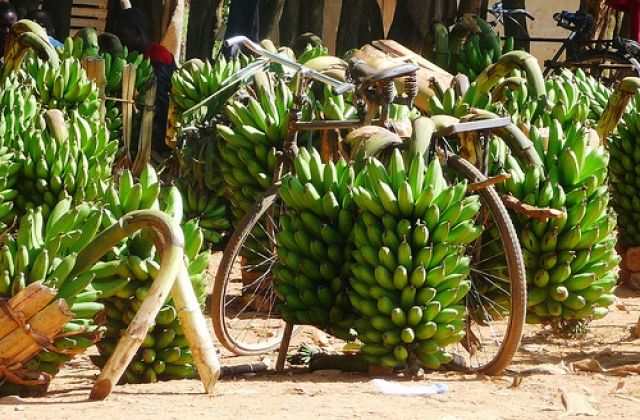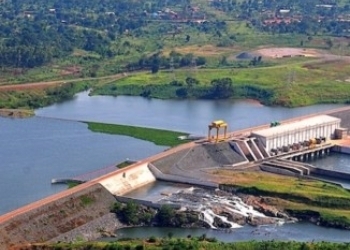
A new report by Uganda Bureau of Statistics (UBOS) indicates that Fort Portal and Mbarara registered the highest rates of inflation in April compared to March 2017.
Food and non-alcoholic beverages were cited by UBOS as the main driver for the higher inflation rates recorded in April.
Inflation occurs when there is a sustained increase in the general price level. Traditionally high inflation rates are considered to be damaging to an economy.
The Annual Inflation for Food and non-alcoholic beverages increased to 12.5 percent for the year ending April 2017 compared to 11.6 percent recorded for the year ended March 2017. The increase was due to a rise in Annual Food Inflation to 13.2 percent for the year ending April 2017 compared to 12.3 percent recorded during the year ended March 2017.
The Annual Inflation for Non-Alcoholic Beverages increased to 0.8 percent for the year ending April 2017 compared to 0.0 percent that was recorded for the year ended March 2017.
When prices rise for energy, food commodities, and other goods and services, the entire economy is affected. It impacts the cost of living, the cost of doing business, and borrowing money among others.
UBOS announced the country's April 2017 annual headline inflation for the year ending April 2017 stood at 6.8 percent, compared to the 6.4 percent recorded during the year ended March 2017.
The figures relate to goods like food commodities, energy and fuels, alcoholic beverages and vegetables. The high inflation rates according the UBOS report were mainly driven by liquid fuels especially diesel whose price increased to 29.3 per cent compared to 20.2 per cent recorded in March this year.
Fort Portal registered the highest Annual Inflation of 8.5 percent for the year ending April 2017 though lower than the 10.6 percent recorded for the year ended March 2017.
This was driven by high prices for Clothing and Footwear that increased to 5.2 percent for the year ending April 2017 compared to 1.9 percent recorded for the year ended March 2017. In addition, the Annual Inflation for Miscellaneous goods and services rose to 10.1 percent for the year ending April 2017 compared to 8.1 percent registered during the year ended March 2017.
The second highest inflation was registered in Mbarara at 8.2 percent for the year ending April 2017, the same rate recorded for the year ended March 2017. The main driver was high Annual Inflation for Food and Non- Alcoholic Beverages that registered 18.1 percent increase for the year ending April 2017 compared to 16.0 percent for the year ended March 2017.
In addition, Clothing and Footwear recorded an annual inflation of 5.5 per cent for the year ending April 2017 compared to 3.8 percent for the year ended March 2017.
Gulu registered the third highest annual inflation of 7.6 percent for the year ending April 2017 compared to 5.1 percent registered for the year ended March 2017.
Kampala's inflation was in the fourth place with annual rates at 7.2 percent for April compared to 6.5 percent for April.
Kampala's middle income earners were more affected by the high inflation of 6.0 percent in April. The high income earners in Kampala had an inflation rate of 5.9 percent compared to 6.2 percent in March 2017.
The Annual Inflation for Housing, water, electricity, Gas & other fuels declined to 3.5 percent for the year ending April 2017 compared to 3.6 percent recorded for the year ended March 2017.
The decline was attributed to Inflation of Water Supply and Miscellaneous Services relating to the dwelling that recorded 3.3 percent for the year ending April 2017 compared to 3.9 percent recorded for the year ended March 2017.
However, Annual Inflation for Electricity, Gas and Other Fuels increased to 4.7 percent for the year ending April 2017 compared to 3.9 percent recorded for the year ended March 2017.
Consumer Price Index(CPI) is a measure of price changes of goods and services paid by the consumer in a specified period and compiled on a monthly basis.
The list of goods and services in the CPI is based on the average expenditure per household from the Household Expenditure Survey.











